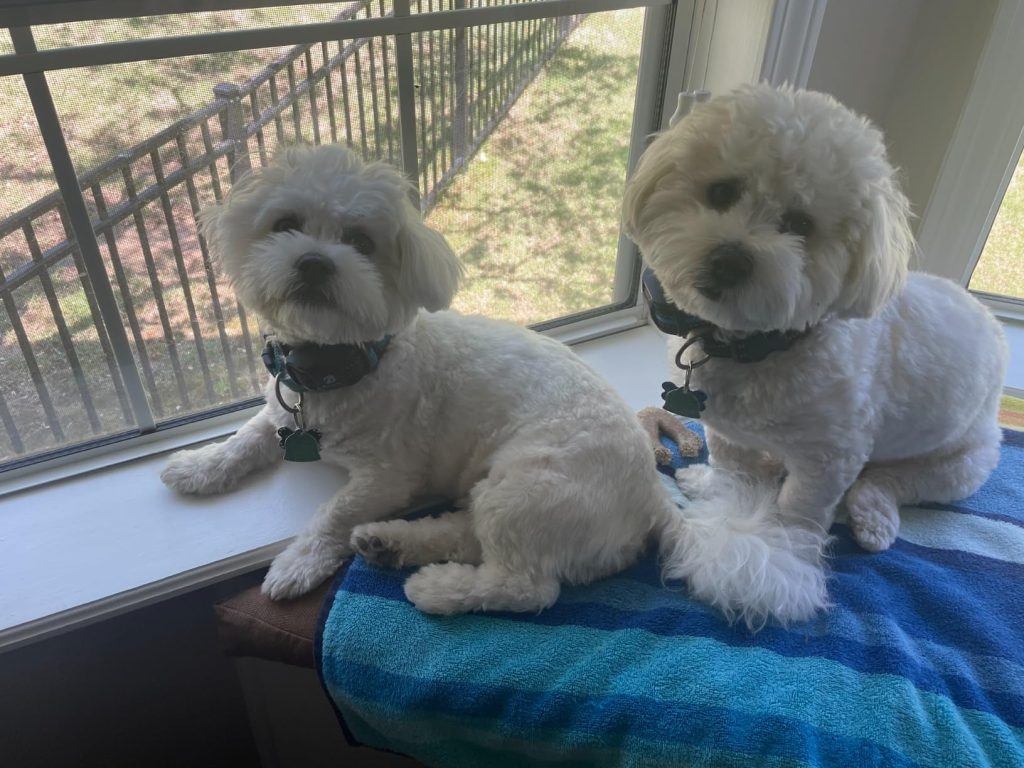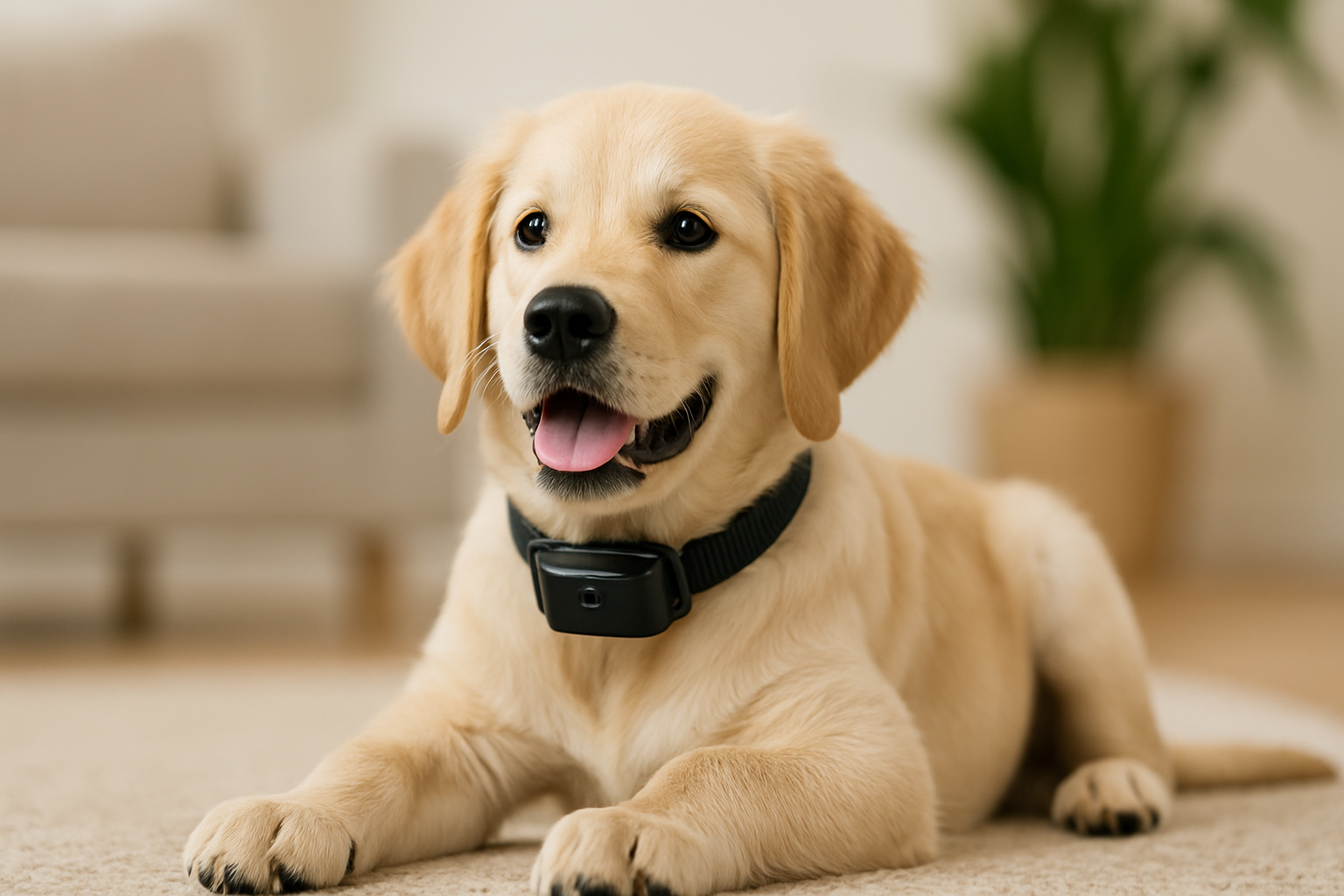Puppies are adorable and fun, yet they can also make quite a bit of noise. If your puppy’s barking leaves you exhausted, you may wonder Can You Put a Bark Collar on a Puppy? The question makes sense, and the reply is not quite simple. Let us walk through the details with your puppy’s best interest in mind and perhaps give your ears a break. This guide will help you weigh benefits and risks safely.
First Things First: Puppies Are Babies, Not Mini Adults
Before discussing bark collars, let us note that puppies are like toddlers with wagging tails. They must learn how to move in a new world and their bark may show curiosity, excitement and even a hint of confusion. While it may be tempting to put a bark collar on them right away, it is better to think about their age and growth first. Growth in this early stage matters.
Can You Use a Bark Collar on a Puppy? (The Short Answer)
Yes, you can use a bark collar on a puppy, but should you? Most experts agree that puppies under six months old are too young for bark collars. Their bodies and brains still develop and adding this tool too soon could cause harm. So the question then becomes, When can you put a bark collar on a puppy? For older puppies at six months of age or more it may be possible but only if you select the right collar and use it correctly. Always check with a vet or trainer and follow practices.
Why Age Matters: Puppies vs Adult Dogs
Puppies learn fast and absorb what they see. This includes good and bad habits. Puppies have delicate necks and sensitive skin. A rough or ill-fitting collar could harm them. They also need time to understand cause and effect and a collar may create confusion. Finally, young puppies learn best with treats, praise and kind guidance rather than corrections.
In short, patience is key. Your puppy does not bark to annoy you they are simply learning how to express themselves. Trust between puppy and parent grows over time, aiding training.
Types of Bark Collars for Puppies: What’s Safe and What’s Not
If you decide to try a bark collar for puppies, it is vital to choose a safe, gentle style. Here is a quick overview of how different types of bark collars work. A vibration collar uses a soft buzz to interrupt barking. An ultrasonic collar gives a high pitched tone that only dogs can hear but not all puppies react to this.
A spray collar releases a small burst of citronella or unscented mist when your puppy barks. Some puppies may find the spray off-putting. A static collar applies a mild pulse so it is not recommended for puppies. It can be too harsh for a young dog. Each model aims to reduce noise without creating fear or stress for puppies.
How to Use a Bark Collar on a Puppy (If You Must)

When you use a bark collar for puppies for the first time let your puppy wear the collar for a short period without any correction. This helps them grow used to how it feels. Next set the collar at the lowest safe level. The aim is to guide your puppy gently rather than startle them. Keep a close eye on your puppy to check for signs of stress or discomfort. Always pair the collar with treats, praise and positive training. Check the fit to avoid chafing or discomfort. Remember that a bark collar is a tool not a fix. It works best as part of a plan that includes treats and praise.
Alternatives to Bark Collars for Puppies
If you feel that a bark collar for puppies is not right there are other options. Reward quiet behavior with treats, praise or extra playtime. This teaches your puppy that calm moments bring rewards. Use toys, puzzles or games to keep your puppy busy and less likely to bark. Training classes can build good habits and manners. When barking gets out of hand a dog trainer or a behaviorist can offer expert tips. Praise and play are tools for quiet moments. At times a simple walk or a chew toy may be the best solution.
When to Consider a Bark Collar for Your Puppy
For most young puppies it is best to avoid a bark collar for puppies. However for a puppy over six months of age there may be times when such a tool makes sense. If your puppy barks all day and it upsets your home or your neighbors or puts them at risk a bark collar may help. Use a collar only after simple steps like treats and commands fail. But if basic training and gentle guidance have not worked, talk to your vet or a trainer first. Always put your puppy’s health, comfort and peace of mind first.
So, Can You Put a Bark Collar on a Puppy?
Yes, but do so with caution. Puppies are still growing and finding their voice. They often outgrow much barking with time and kind training. If you choose a bark collar for puppies, pick a safe gentle model, use it at the right age and mix it with positive methods. This way you can help your puppy learn and still enjoy quiet evenings. Clear communication and guidance often work better than any tool.




